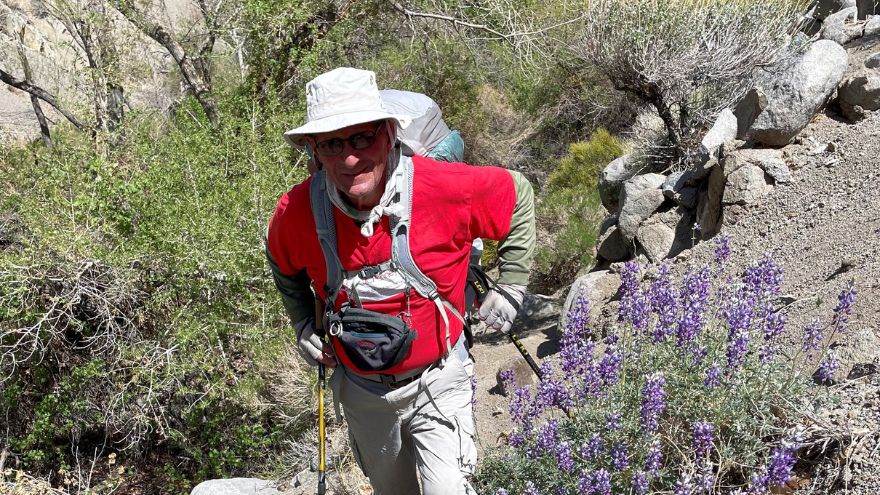Buscar
Results for 'clinic'
Clear-
Battling Pediatric Cancer Together: Renown's COG Membership
Every year, 16,000 children face the daunting diagnosis of cancer, and what might surprise you is that almost 90% of them receive treatment at institutions affiliated with the Children's Oncology Group (COG). Renown Children’s Hospital, a member of COG since 2020, plays a vital role in this transformative journey. Just half a century ago, childhood cancer was a near-incurable challenge, but today, thanks to the groundbreaking research led by COG, the survival rate over a five-year period has soared to an inspiring 80%. “The standard of care continues to advance, particularly with cancer, as more research is conducted and additional treatment options become available,” said Kristen Gurnea, Manager of Clinical Research at Renown Health. “Our community can contribute to these advancements through COG for the benefit of both individual patients and the entire population joined together in the fight against pediatric cancer. We are proud to contribute to that mission.” As a member of the world's largest organization devoted exclusively to childhood cancer research, Renown recognizes the joint efforts from researchers and patients alike and is proud to aid in reaching this goal in partnership with COG and our very own northern Nevada community.
Read More About Battling Pediatric Cancer Together: Renown's COG Membership
-
Hiking Through Life After TAVR
Renown Health patient, Alden Nash, hiking Death Valley National Park just three months after a Transcatheter Aortic Valve Replacement. Alden Nash isn’t your average 80-year-old. For much of his life, he could be found outdoors enjoying nature and hiking some of the west coast’s highest elevations. A husband and father of two, Alden turned his passion into a career as a Yellowstone park ranger in 1965. Alden believes his passion for the outdoors is responsible for his many years of health – until the unavoidable happened. The Hardest Climb The number one doctor recommendation for a healthy heart – lead a healthy, active lifestyle. Any cardiologist would be thrilled to have Alden as a patient due to his robust physical activity regimen. “Don’t have a TV set or a lounge chair in your house and you’re all set,” said Alden when asked how he has remained so fit throughout his senior years. Unfortunately, many other factors come into play when it comes to heart health, one of which is the reason we are telling Alden’s story today. Familial history - it’s a hot topic in the world of medicine. Understanding your genetic risk factors can help care providers develop updated care plans based on your results. Alden’s family has a long history of high cholesterol, which he avoided for much of his life by staying active. This combined with his age resulted in his first heart attack in December 2021. Doctors later determined that Alden was suffering from a type of heart valve disease known as aortic valve stenosis. Aortic stenosis is the narrowing of your aortic valve opening that impedes normal blood flow. Over time, the leaflets of your aortic valve become stiff, reducing their ability to fully open and close. When the leaflets don’t fully open, your heart must work harder to push blood through the aortic valve of your body. Eventually, your heart gets weaker, increasing the risk of heart failure. People who are most at risk for aortic stenosis include those who have had certain heart conditions present at birth, have chronic kidney disease or have heart disease risk factors such as high cholesterol and high blood pressure. However, generally, aortic stenosis is a degenerative process of aging with no modifiable risk factors. The incidence of aortic stenosis increases rapidly with age and is very common above the age of 80 – with 1/10 having the condition and 1/50 with a problem severe enough to warrant surgery. When symptoms are present, the disease can be rapidly disabling or even deadly, often progressing over several months unless treated.

